15 Tips for Supporting Students Who Use AAC
May 9, 2024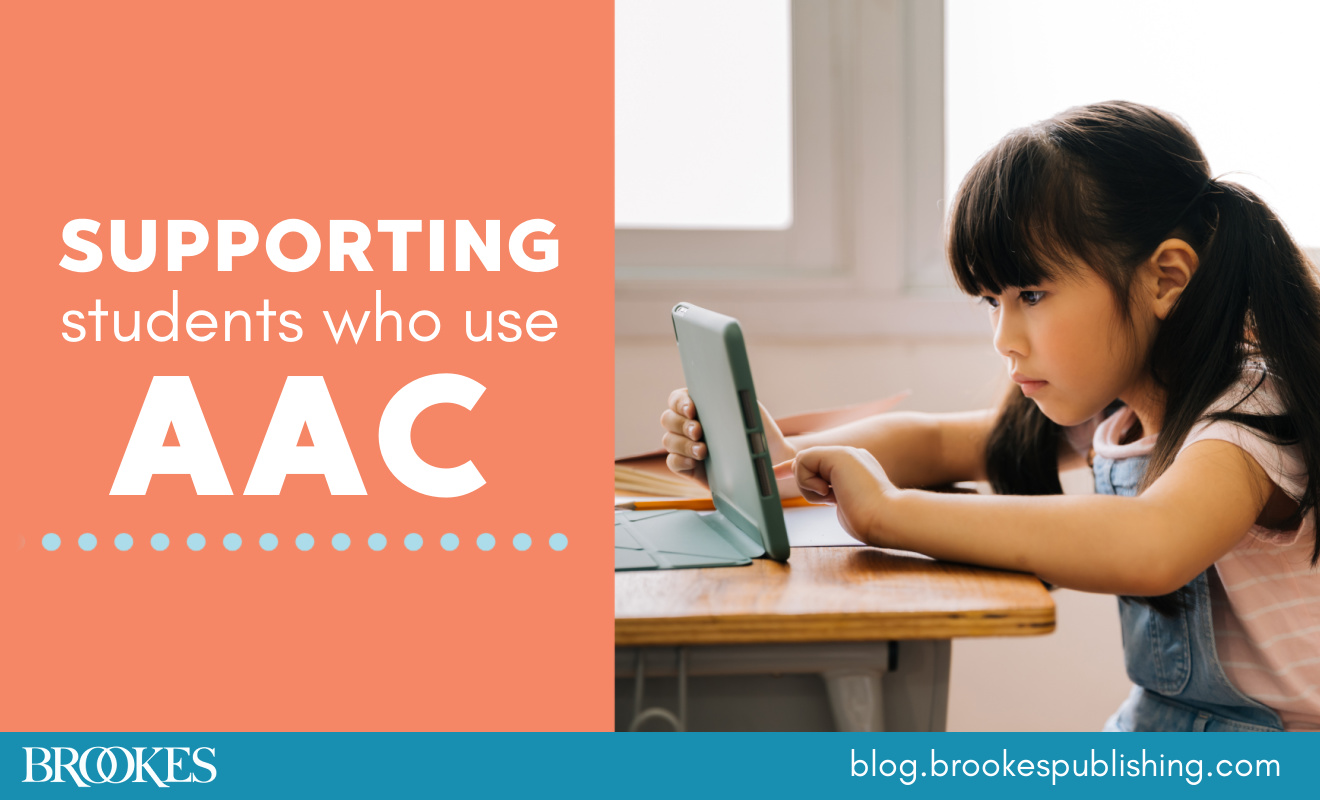
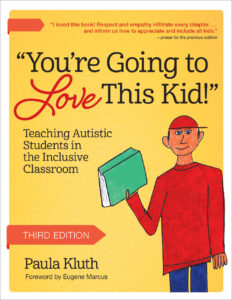 All students need access to reliable methods of communication—not only to learn and participate in class, but to develop connections with their peers and express their thoughts, preferences, wants, and needs. Augmentative and alternative communication (AAC) tools and systems are essential aids for students who experience challenges with traditional speech.
All students need access to reliable methods of communication—not only to learn and participate in class, but to develop connections with their peers and express their thoughts, preferences, wants, and needs. Augmentative and alternative communication (AAC) tools and systems are essential aids for students who experience challenges with traditional speech.
In today’s post, get 15 tips educators can use to provide the best support to students who use AAC. Excerpted from the third edition of You’re Going to Love This Kid! by Paula Kluth, these guidelines will help you empower AAC users to communicate effectively across many situations and contexts in your classroom.
Center communication. An AAC system should be available to the learner at all times. If a student who uses a device cannot easily do so in a particular situation (e.g., on the playground), then it might help to use another system or tool during that activity.
Slow down. Do not overwhelm the student. Ask one question or offer one topic for discussion at a time.
Involve others. If one student uses American Sign Language (ASL) to communicate, then other students in the class can be taught several signs to model the use of ASL and expand their own communication and language skills. If one student uses a choice board to indicate which literacy center they want to visit first during a lesson, then ask other students to identify their preference in the same way.
Model without expectation. Students need many opportunities to see others using their AAC systems and tools across contexts. As you interact with the student, be aware of this type of modeling. Use AAC to make comments to the student or the class (e.g., “I love this book!”). Use AAC during classroom celebrations (e.g., “This is fun!”). Use AAC with other students in the classroom. In other words, integrate AAC into the routines and experiences of your classroom and use it even when the learner walks away or seems inattentive. Just model and keep modeling.
Go beyond greetings. AAC is not only for selecting a snack, saying good morning, and requesting a break. These uses are important, but is critical that students are also accessing their communication tools and systems to learn standards-based content.
Teach them to connect. Students using pictures, signs, or communication apps and devices may need to be taught how to properly engage a partner. Learners should know how to get the attention of their communication partner before typing, pointing, or signing. Students using picture communication systems should be taught how to approach their partners and hand them messages.
Involve the class. Teach all students how to interact with someone using an AAC system. Model how to ask questions, greet the student, tell and listen to jokes, engage in a group discussion, complete classwork collaboratively, and have a conversation. Use video, answer questions, and provide plenty of practice.
Show respect. It is important that everyone in the classroom sees a student’s communication tools and devices as their voice. Students should be aware of the etiquette related to this. For example, educators and classmates should not touch a student’s communication system without asking first.
Look away. If a student uses a tablet or computer or a device with a screen, then be mindful of screen privacy. Students may have things on their screens that are personal (e.g., texts) or only intended for a certain audience.
Close the conversation. Be sure the user is done speaking before engaging in a separate conversation, calling on another student, or walking away.
Check for understanding. Tone and emotion may be hard to convey through the use of AAC. Misunderstandings can occur. When you are unsure of what a user is trying to communicate, say so, recap what you do understand, and then ask for further explanation.
Provide choices. Look for opportunities throughout the day to elicit the student’s voice. Offer options. Ask them which review game to play, which poem to read, which task to do first, which group they want to join, which graphic organizer to use, or which problems they want to solve on an assessment.
Let the learner lead. As you are interacting with the student, be careful not to finish their word, phrase, thought, or sentence for them. Don’t assume you will always be able to predict what the individual will share. Be respectful and wait.
Try again. If a student is struggling to answer questions or otherwise communicate, try a range of ideas to engage and support that individual. You might, for instance, increase your wait time, rephrase the question (perhaps using AAC), or provide some encouragement.
Keep assessing the student and the system. Systems and tools should change not only because the student’s needs change, but also because the student’s needs become clearer as they get more experience using their systems and tools. For example, if a student using a new communication system learns it very quickly, then it may be possible to give them a more complex system or immediately add new vocabulary.
Communication should be viewed as a right for every student in your classroom. Use the tips in this blog post to support clear and effective communication for learners who use a range of AAC tools, devices, and systems. And for more in-depth inclusion guidance from one of today’s most trusted experts, check out the book behind today’s blog post!

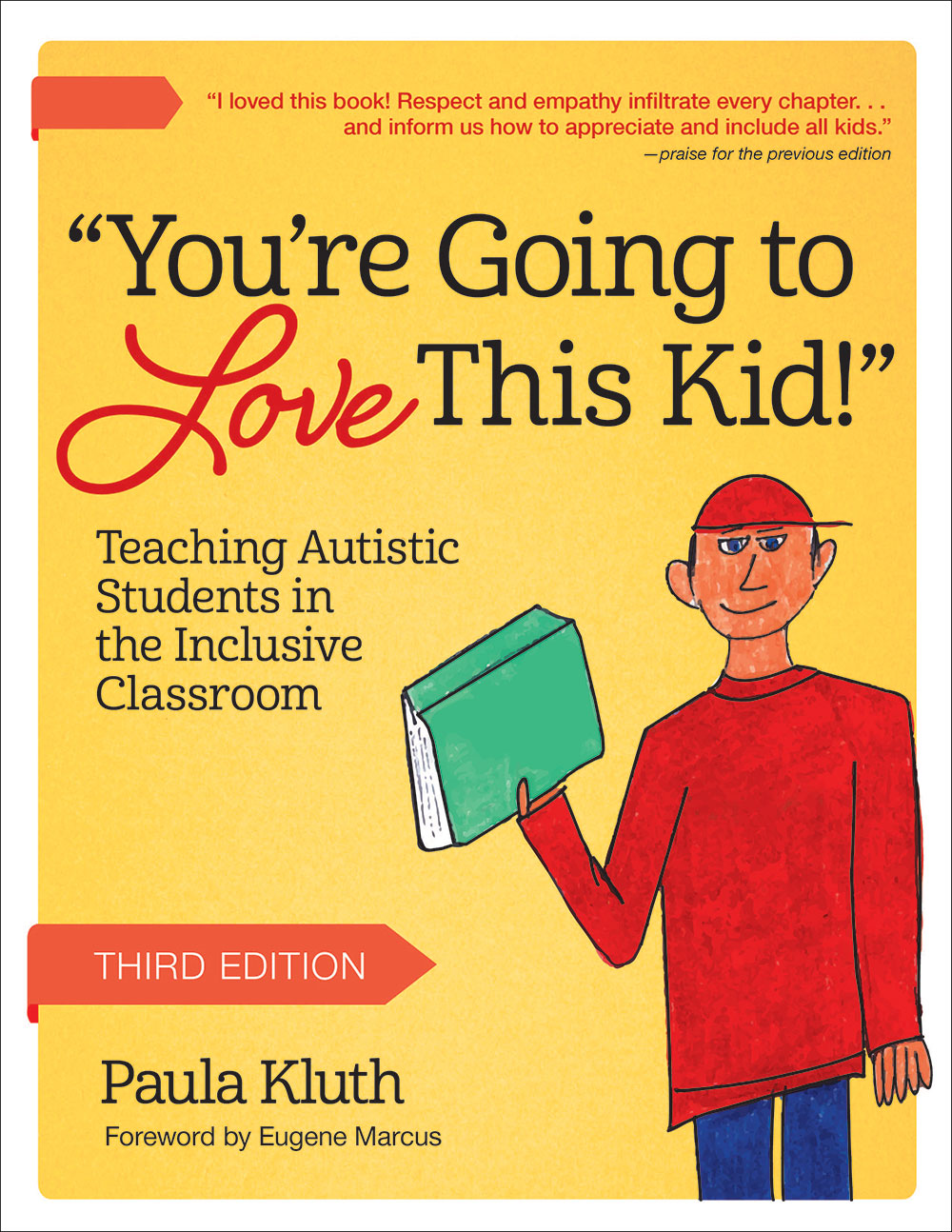
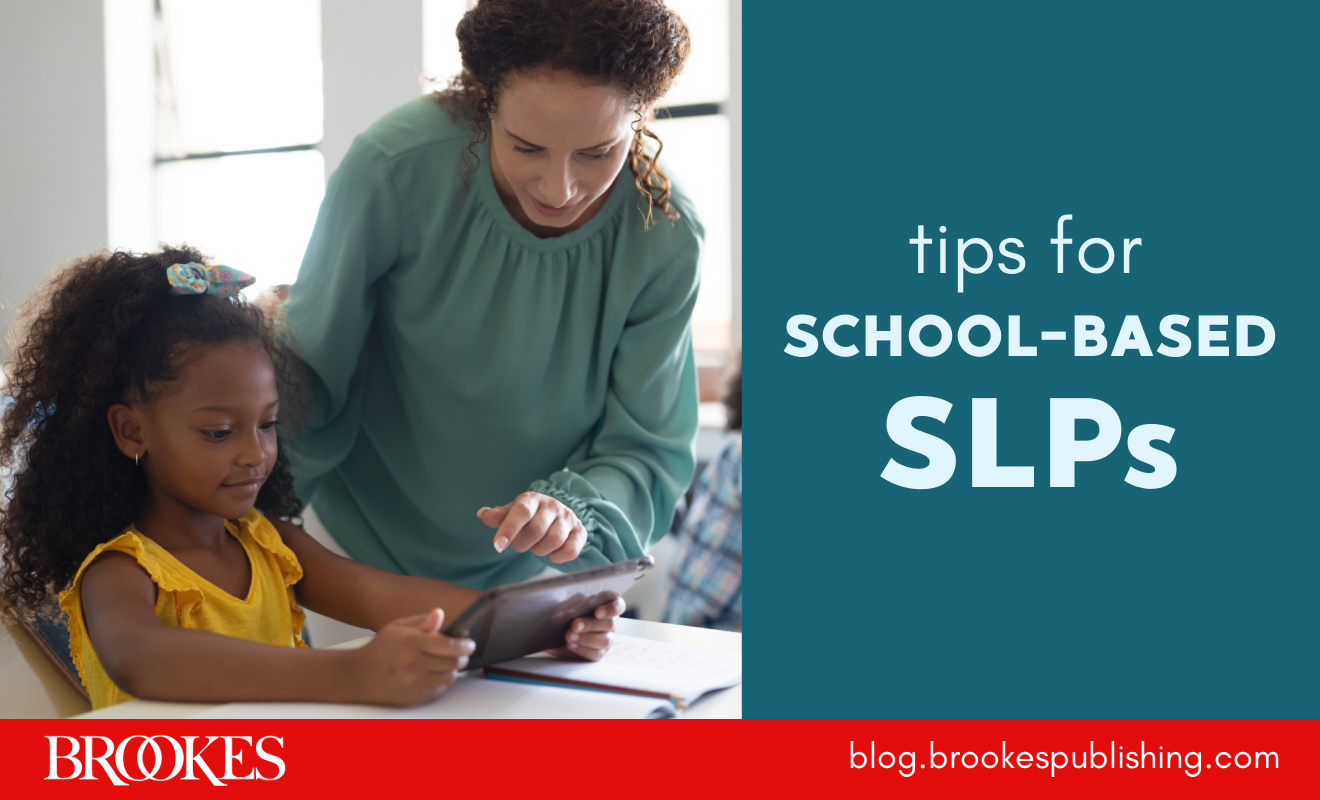
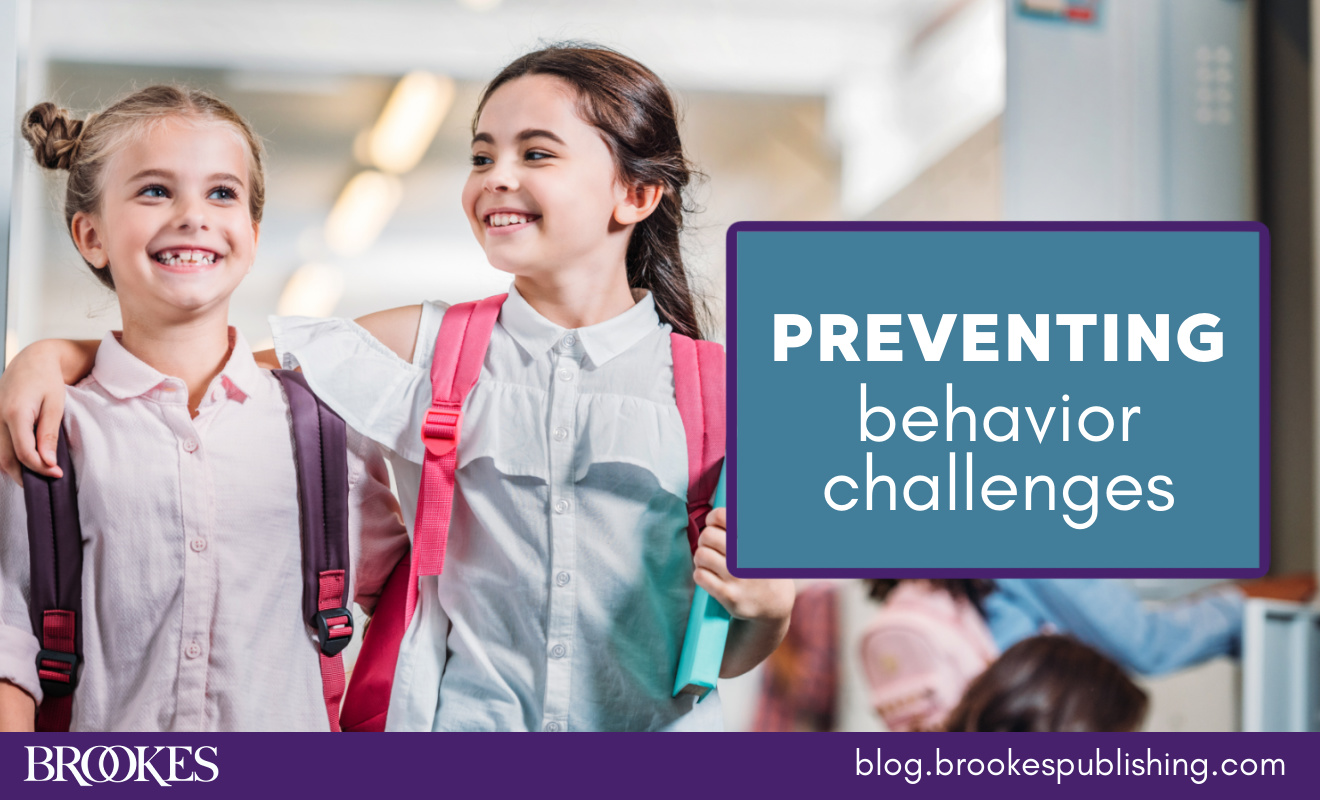

Write a Comment
Your email address will not be published. Required fields are marked *
Post a Comment